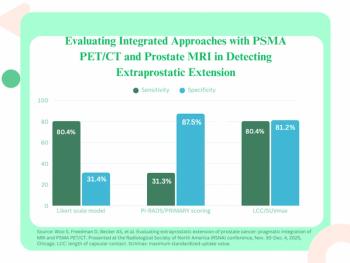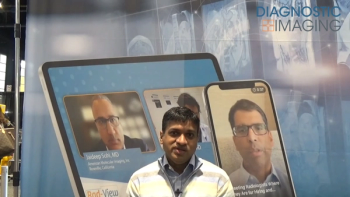
Can Pre-COVID Medicare Claims Data Improve Mitigation Targets for the Iodinated Contrast Media Shortage?
In an ongoing quest to reduce the impact of the temporary iodinated contrast media (ICM) shortage, a group of researchers recently examined Medicare claims data to identify high-frequency usage patterns of contrast-enhanced computed tomography (CECT) services.
In a recently published review of Medicare claims data, researchers suggested that identifying the most frequently imaged body regions with contrast-enhanced computed tomography (CECT) and health-care settings with a high volume of CECT may yield national benchmark information that can guide
Using a Medicare Physician/Supplier Procedure Summary data set from 2019 as a base, the researchers isolated codes that indicated the use of iodinated contrast and subsequently looked at the use of contrast-enhanced imaging via body region and sites of service.
The authors of the retrospective review found that the highest population-adjusted use of CECT was for imaging of the abdomen/pelvis area (13,952 per 100,000 Medicare beneficiaries) followed by chest imaging (99,685 per 100,000). Looking at sites of service, the researchers noted the highest use of CECT occurred in the hospital outpatient setting (10,728 per 100,000) followed by the emergency department (8,740 per 100,000).
According to the study, the researchers also assessed the ratio of computed tomography angiography (CTA) use to that of non-angiographic CECT and found that brain imaging in the emergency department had the highest ratio of 14.94, followed by brain imaging in the inpatient hospital setting (7.67). Brain imaging had the highest CTA/CECT ratio (26.16) among all health-care settings. This was followed by head/neck imaging (9.63) and chest imaging (3.95), according to the article.
“As clinical indications may overlap with those for CTA, identification of settings and scenarios in which CTA is most frequently used … may help guide alternative imaging care pathways and most effectively and safely reallocate resources to alternative modalities,” wrote Richard Duszak, MD, a professor, vice chair and director of the Imaging Policy Analytics for Clinical Transformation (IMPACT) Research Center within the Department of Radiology and Imaging Sciences at the Emory University School of Medicine in Atlanta, and colleagues.
The study authors concede that the study’s focus on Medicate fee-for-service claims may preclude extrapolation of the findings to other populations.
Newsletter
Stay at the forefront of radiology with the Diagnostic Imaging newsletter, delivering the latest news, clinical insights, and imaging advancements for today’s radiologists.



























